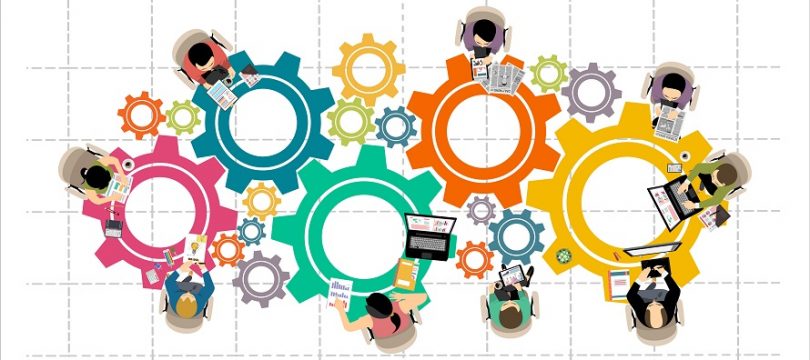
The early stages of an Alliance, or any new project/organisation are often typified by significant frustration on the part of the participants as they try to ‘get things done’ in an environment where the systems and processes are new and unfamiliar, or perhaps haven’t even been built/established yet. I am sure many of you have heard the phrase, ‘flying the plane while trying to build it’.
There are serious challenges for those at the PAB and AMT level in understanding accountability during this phase. What may appear to be capability and competence issues, are often just a team going through the pain of getting aligned, getting a system in place, getting everyone trained, even sometimes getting it wrong and having to start again or alter the approach. By necessity these processes are developed in isolation, before working on alignment with interfacing systems and processes. Throw into the mix that there could be as many as 50 different processes and procedures that contain many sub-processes, as well as many more points of view and personalities to manage, it is no wonder it can take a while to establish a reliable project operating rhythm and flow of information.
A respected mentor of mine often sites a time period of around 18 months to 2 years as the period for proper establishment and mobilisation of an Alliance. Up until then, the team needs to be cognisant that the frustration they are feeling is normal, and isn’t necessarily indicative of a major functional issue in the Alliance.
After warning you all of sporting analogies in a previous blog, I am going to break my own rule and use one here. When the coach of the gold medal winning Tokyo rowing 8+, Tony O’Connor, took over coaching this highly capable group, he noted that they were all rowing differently. They all knew how to row and had all achieved success rowing their way, no one was wrong, but there are many ways to row well and they had to decide collectively the way they were going to do it. They needed to work out what was going to be best for the group, commit to it, then improve upon it, all uniformly and united. O’Connor felt it took them about 12 months to fully resolve this problem.
There is an alternative theory about the role that the pain of learning can play in the future success of an Alliance that I would like to put forward. A book I have read recently “Range: Why Generalists Triumph in a Specialised World”, by David Epstein, talks on this concept extensively. In his research, Epstein uncovers that the pain of learning, having to nut out a solution and advance through discovery, is an essential element of future success. This is particularly so when we are just given the answer to a problem, rather than having to work it out. In his view, this is not learning at all, but memorising. The authenticity and stickability of what is learned is compromised without having had to endure the pain of discovery.
What this implies to me, is that we may be misunderstanding the role that the pain we are experiencing now will play in elevating our future success. Having to advocate and problem solve together at this early stage will enhance the appreciation of the solution, will connect us more authentically to the ‘why’ and will bring us together as a team, building our trust for each other and faith in our ability to work and overcome problems together.
A useful saying to apply to this, which you will all be familiar with, is: ‘progress over perfection’. It is much more valuable to get a system up and running than to wait for it to be just right. All processes and procedures will evolve and develop as the Alliance moves forward as part of a continuous improvement culture, so stress less on getting it right, and just get it going. We cannot predict all the learnings and issues that will influence and improve the way our systems operate, so it is best to elevate progress as an objective.
So, it may be worth us welcoming and being patient with the pain, as it is normal and could be a wonderful indicator and enhancer of our future success.



